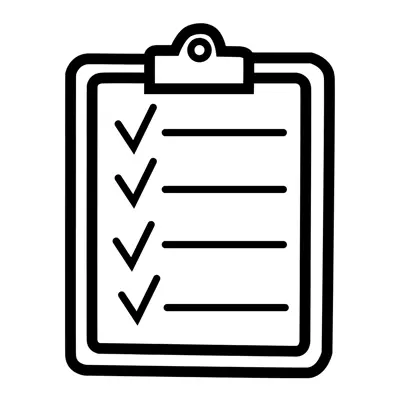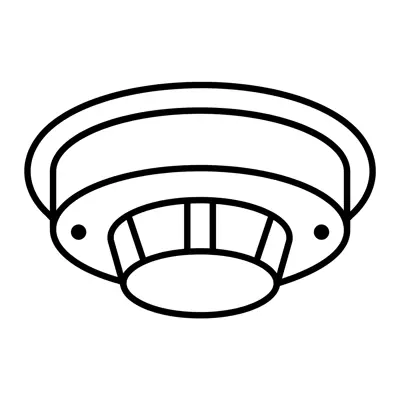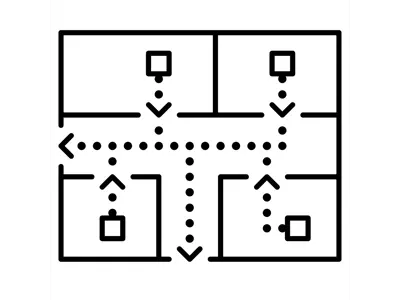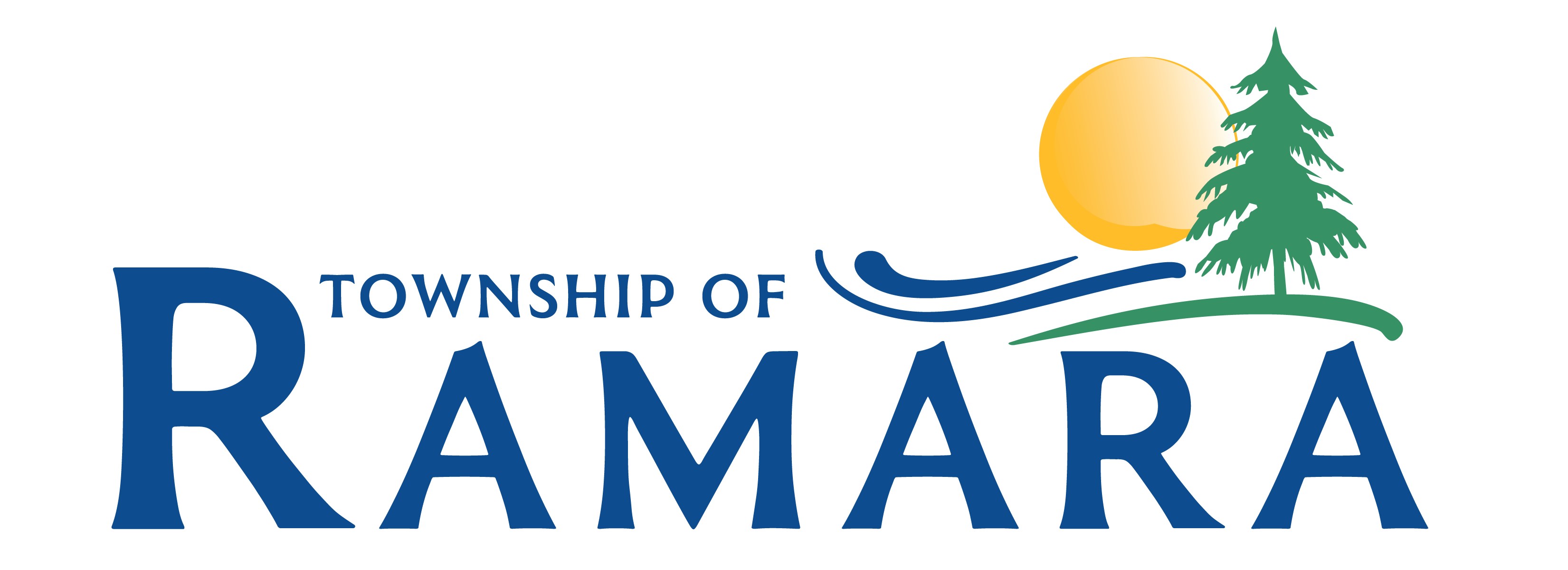Life Safety
Fire Safety is Everyone's Responsibility
Fire safety starts with you. Each of us plays an important role in preventing fire and protecting our families. Practicing the three lines of defense, Prevention, Detection, and Escape, is key to staying safe.
Working smoke alarms provide the precious seconds needed to escape safely in an emergency, while carbon monoxide alarms alert you to the presence of the “silent killer.” Make sure your alarms are installed, tested, and maintained year-round.
Prevention, Detection, Escape
Everyone has a role to play in fire safety. Protect yourself and your community by practicing the three lines of defense against fire: Prevention, Detection, and Escape.

Prevention
Fire Prevention Starts at Home
Regularly check your home for fire hazards and take steps to eliminate them. Use the Home Fire Safety Checklist to help keep your family safe.
Most home fires are still caused by cooking, smoking and candle use. Quick fire prevention tips:
- Maintain a regular housekeeping routine to minimize fire hazards.
- Keep your home, garage, and yard clear of rubbish and combustible waste.
- Clean your dryer lint trap before each use, and have the dryer vent cleaned at least once a year.
- Store flammable liquids, solvents, adhesives, and aerosol cans only in approved containers and according to manufacturer instructions.
- Always store gasoline-powered equipment outside of the home.

Detection
Working CO & Smoke Alarms Save Lives
Smoke Alarms
Working smoke alarms save lives — and it’s the law to have them on every storey of your home and outside all sleeping areas. While the Ontario Fire Code sets the minimum requirement, consider going beyond the basics to keep your family safe.
Make sure your home has enough alarms to provide the early warning needed to escape a fire. For example:
-
If family members sleep on different levels, install interconnected alarms so when one sounds, they all sound.
-
If someone in your home requires assistance to escape, add extra alarms to provide the earliest possible warning and time to help them to safety.
Carbon Monoxide (CO) Alarms
The Ontario Fire Code also requires a CO alarm outside all sleeping areas in any home with a risk of carbon monoxide exposure. If your home has multiple levels with sleeping areas, you may need more than one alarm.
Learn more about choosing, installing, and maintaining CO alarms to protect your family from the “silent killer.”

Escape
Ensure Your Family Knows What To Do When the Alarm Sounds
If a fire started in your home tonight, would your family know how to get out safely? When the smoke alarm sounds, every second counts. Make sure everyone in your household knows what to do and where to go.
Take a few minutes today to create and practice a home fire escape plan — it could save lives.
- Draw a Floor Plan of Your Home: Your escape plan should include a drawing of every level of your home, marking all possible emergency exits. Be sure to include doors, windows and stairways so your family can see every potential escape route at a glance. Include features such as the roof of a garage or porch that could provide an additional way out.
- Identify Two Ways Out: The door is the primary exit from every room, but it's important to plan an alternate escape route such as a window, in case the door is blocked by smoke or fire. Ensure all windows open easily and that everyone in your household knows how to use them to get out safely.
- Plan Ahead – Know Who Will Need Help in an Emergency: In an emergency, every second counts. Take time now to decide who will assist vulnerable members of your household, such as young children, older adults, or individuals with disabilities. A few minutes of planning today can make all the difference when it matters most.
- Pick a Safe Meeting Spot: Choose a meeting place outside your home that’s easy to remember and safely away from danger, like a tree, a streetlight, or a trusted neighbour’s house. In case of a fire or emergency, everyone should go directly to this spot so you can quickly confirm that everyone is safe.
- Call for Help After You're Safe: Don't delay your escape by calling for help while still inside. Once you're safely outside call 9-1-1 from a cell phone or neighbour's home. Acting quickly and safely ensures help is on the way without putting yourself at risk.
- Practice Your Home Escape Plan: Make sure everyone in your household knows the escape plan. Walk through each room and identify the safest exits together. Confirm that all escape routes are clear, practical, and easy to use. Then, hold a fire drill twice a year and time how long it takes to get out. In a real emergency, quick action is critical — smoke or flames can block exits in seconds.
Remember:
- Plan two ways out of every room, if possible.
- Hold a fire drill twice a year.
- Install smoke alarms on every story of your home and outside all sleeping areas.
- If you live in a high-rise building, contact the building management for information on your building's fire safety plan.
- Plan around your abilities.
Contact Us
Corporation of the Township of Ramara
2297 Highway 12, PO Box 130, Brechin, ON, L0K 1B0
T. 705-484-5374
E. ramara@ramara.ca
Ramara Fire & Rescue Services
Sign up for our eNewsletter
Stay up to date on the Township's activities, events, programs and operations by subscribing to have notifications sent directly to your inbox.
